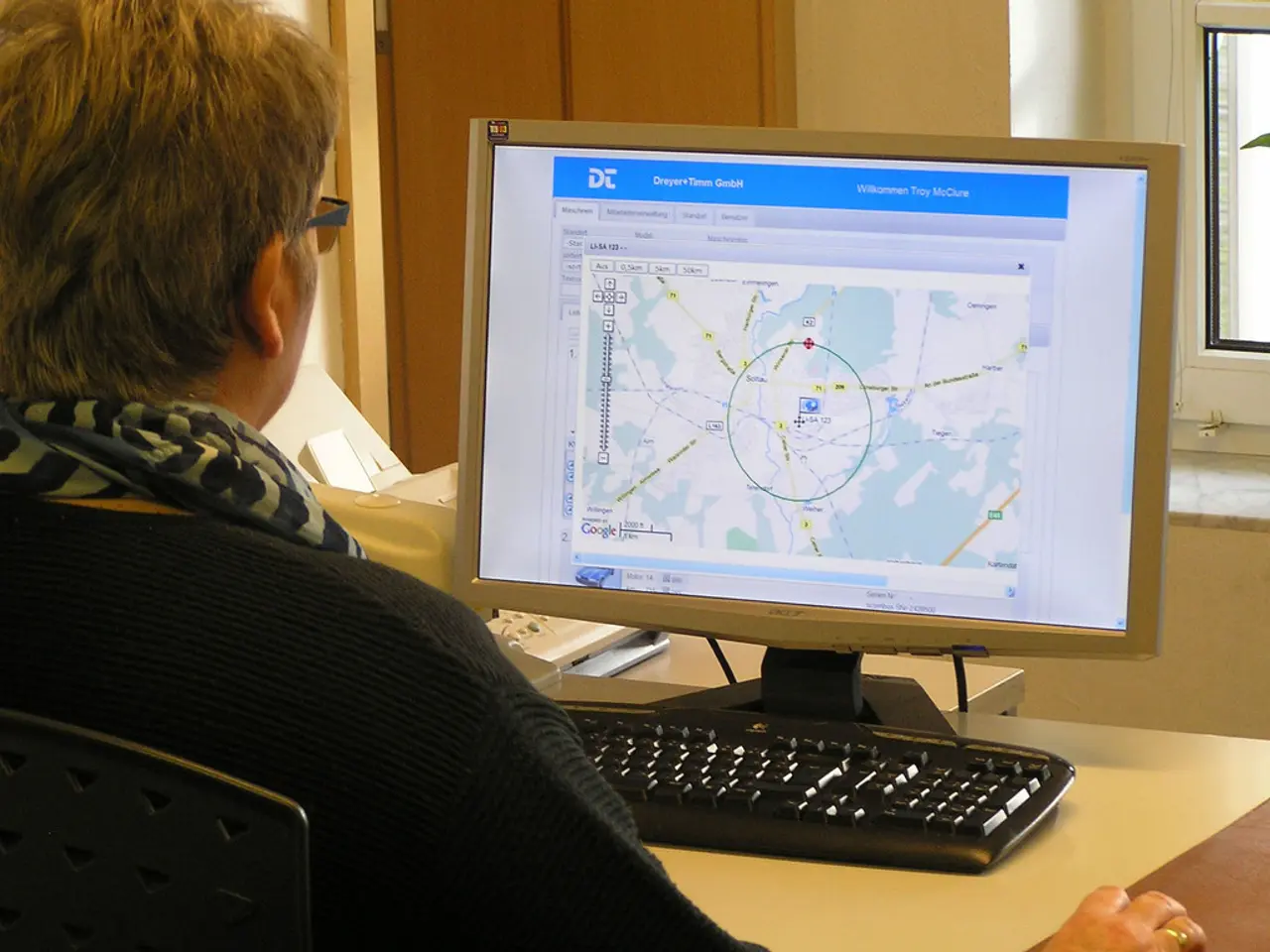Advanced Locks Embracing AI and Biometrics: Pioneering the Future of Keyless Entry Systems
In the year 2025, the world of building security is undergoing a significant transformation, with intelligent electronic door entry systems leading the charge. These advancements prominently feature AI integration, advanced biometrics, mobile and wearable access, and cloud-based control.
AI is now being used for predictive and behavioural analytics, enabling these systems to distinguish between authorized users and strangers. This innovation minimizes false alarms and enables proactive security responses. Biometrics have evolved, with multimodal authentication combining fingerprint, facial recognition, iris scanning, and palm vein detection for higher accuracy and hygiene benefits.
Mobile integration, including NFC and Bluetooth Low Energy, allows for seamless hands-free access via smartphones and smartwatches. Cloud control supports remote administration, scalable system deployment, and faster updates with enhanced analytics. These technologies often combine in cohesive smart home or commercial security platforms aligned with interoperable standards like Matter and IP-based protocols, enhancing user convenience and security effectiveness.
AI-powered systems learn access patterns to flag anomalies, predict insider threats, and automatically integrate with emergency services for rapid response. Biometric door locks have surged, fueled by IoT smart home adoption and smart city initiatives, with multimodal biometric authentication becoming mainstream. The trend also includes increasing use of cloud-managed platforms to enable remote control and integration with mobile apps, delivering seamless and secure user experiences.
Key challenges include installation complexity in older buildings and sensor performance under adverse conditions. However, leading smart locks in 2025 offer easy installation and smart home integration, exemplified by brands like August, Yale, and Schlage. TCL innovates with features tailored toward home security.
For property developers, hospitality brands, and business owners, investing in the next generation of electronic door entry systems means future-proofing the building with a scalable and intelligent approach to access management. These systems can be used to optimize staffing, energy usage, and space utilization, providing additional benefits beyond enhanced security.
Hotels can use facial recognition for seamless room access, eliminating the need for physical keys and check-in desk delays. Biometric authentication is being integrated into electronic door locks for secure and frictionless access. The next generation of electronic door locks is being designed with advanced encryption, multi-factor authentication, and tamper detection features to address data privacy, biometric spoofing, and system hacking concerns.
Remote system updates and patches can be pushed, improving security without requiring physical intervention. Biometric traits are nearly impossible to replicate or share, improving security and simplifying user management. Electronic door entry systems are becoming a cornerstone of modern building security, learning, adapting, and securing more effectively than ever.
Many padlock manufacturers in China are expanding their product lines to include high-tech smart locks that meet global quality standards. Reliable padlock manufacturers in China and global security hardware producers are integrating secure chips and encrypted communication protocols into their products to protect data even if a device is compromised.
In conclusion, the era of mechanical locks and simple keypads is fading, and modern building security is moving towards adaptive, intelligent, and user-centric solutions using AI, biometrics, and cloud integration. Investing in the next generation of electronic door entry systems is a strategic move for managing hotels, offices, or residential complexes, as traditional access methods are no longer sufficient for modern security demands.
Technology is driving the transformation of building security, particularly in the realm of intelligent electronic door entry systems. AI is being employed for predictive analytics, while biometrics have evolved to include multimodal authentication for increased accuracy and hygiene benefits. Additionally, these systems leverage cloud control for remote administration, scalable deployment, and faster updates with enhanced analytics.




